The cultural heritage plays an important role, as it defines the cultural identity of people. Is a set of assets related to the culture of a people, nation, city… As its name shows, is a mix of “culture” and “heritage”:
+DEFINITIONS
–HERITAGE: set of assets acquired by inheritance by title. (ex. set of family assets)
–CULTURE: set of lifestyles, customs, knowledge and degree of artistic, scientific, industrial development, in an epoch, social group, etc.
+CULTURAL IDENTITY (from monument to cultural asset)
A common error is to identify the culture identity by its famous monuments, and not pay attention to the cultural asset, which integrates objects with historical or artistic value (monument), but also any expression, manifestation or significant testimony of human culture with documentary capacity.

After the Second World War, many cultural identity signs disappeared, so industrial sectors, interest in objects and activities from hitherto neglected sectors began to spread, to recover and reconstruct the lost culture.
TRADITIONAL HISTORY — military events, scientific conquests, discoveries,… the MONUMENT constituted its best representation
NEW HISTORY — man and his existence, the instruments of work, the utensils of everyday use,… CULTURAL ASSETS constituted its best representation
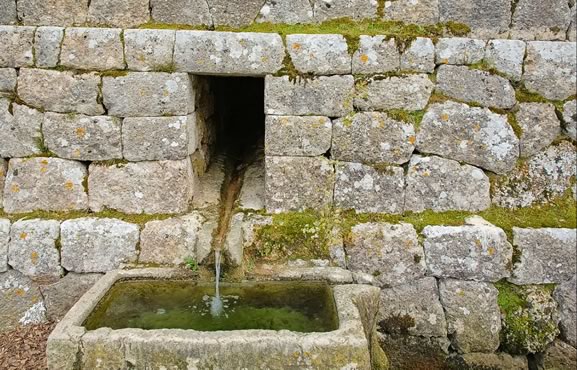
CULTURAL ASSET 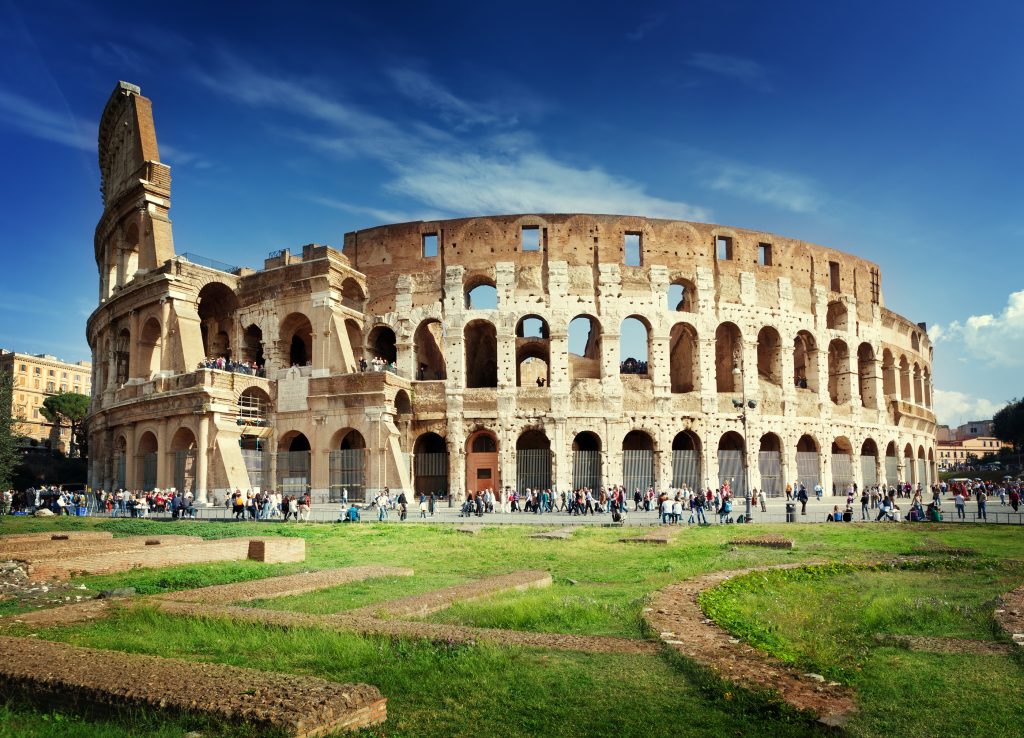
MONUMENT (Colosseum in Rome)
The first use of “cultural asset” was in the 1954 HAGUE CONVENTION (under the patronage of UNESCO) to agree on the protection of cultural assets in case of armed conflict, contemplating movable and immovable assets.
–1972– UNESCO classification:
• Monuments: architecture, sculpture, painting, archaeology, caverns, inscriptions, elements of universal value from the point of view of history, art or science.
• Sets: groups of constructions, whose architecture and integration with the landscape give them exceptional value from the historical, art or science point of view.
• Places: works of man and nature with universal value from the historical, aesthetic, ethnological or anthropological point of view.
–1985– Law of Patrimonio Histórico Español introduces: the BIC (Bien de Interés Cultural or Asset of Cultural Interest).
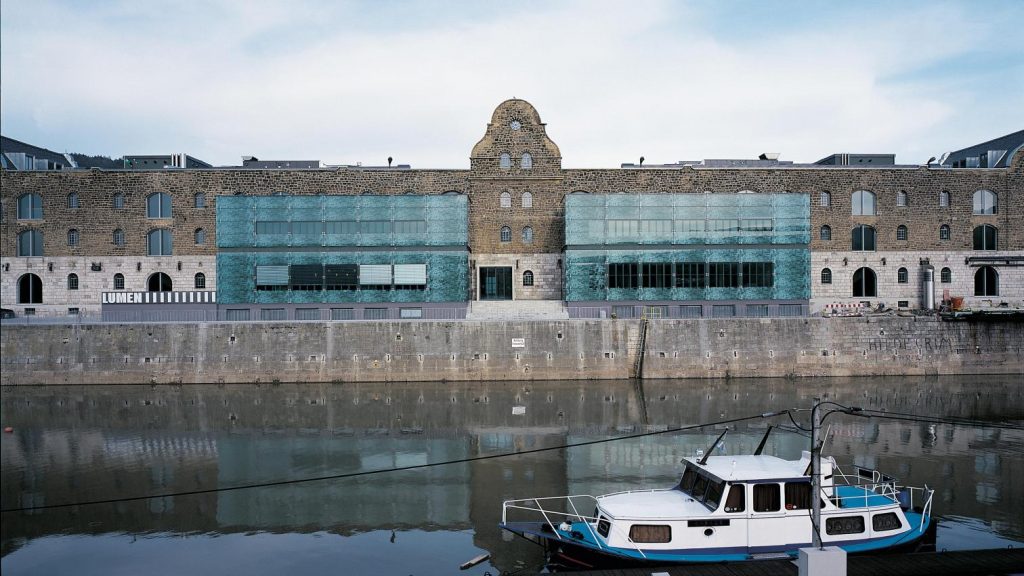
CULTURAL ASSETS:
• monumental architecture
• works of art
• minor or popular architecture
• military and defensive architecture
• witnesses at work (tools)
• witnesses of industrial production
• witnesses to agricultural culture
• witnesses to the gastronomic culture
+WHY PRESERVING HERITAGE?
To not lose the values of cultural identity, using the catalog, which shows the values of heritage that MUST be protected and preserved. However, architects MUST always have in mind the value of the good before executing an intervention.

The values of Heritage:
• cultural value
• artistic value/aesthetic value • historical value
• value of authenticity
• value of antiquity
• functional/social value
• economic value
+WHAT SHOULD BE PRESERVED?
–PROTECTION OF VALUES: Historic, artistic, antiquity, economic…
–PHYSICAL CONSERVATION: Matter, construction techniques, use, character, environment…
–ENHANCEMENT (valorization): Make the building show and explain its values
+HOW TO PRESERVE?
–LEGISLATIVE INSTRUMENTS
- Protecting by laws and rules:
Legal actions, administrative rules outside the intervention on the monument itself. (Degrees of protection distinguished)
2. Inventorying (inventories):
the result of enumerating, locating and describing the assets of a specific extent. Def. (constitutes a first instrument for preventive conservation)
3. Cataloguing (catalogues):
Enumeration, description and location of a property, and provides a historical study and economic valuation of a Heritage Resource.
catalogue: important instrument of indirect and preventive conservation, as a means of knowledge and valuation of assets. Def.
–ACTIONS OF INTERVENTION
1.Preservation (environment):
Operations to be performed on the good to ensure its survival against hazards or possible damages. Def.
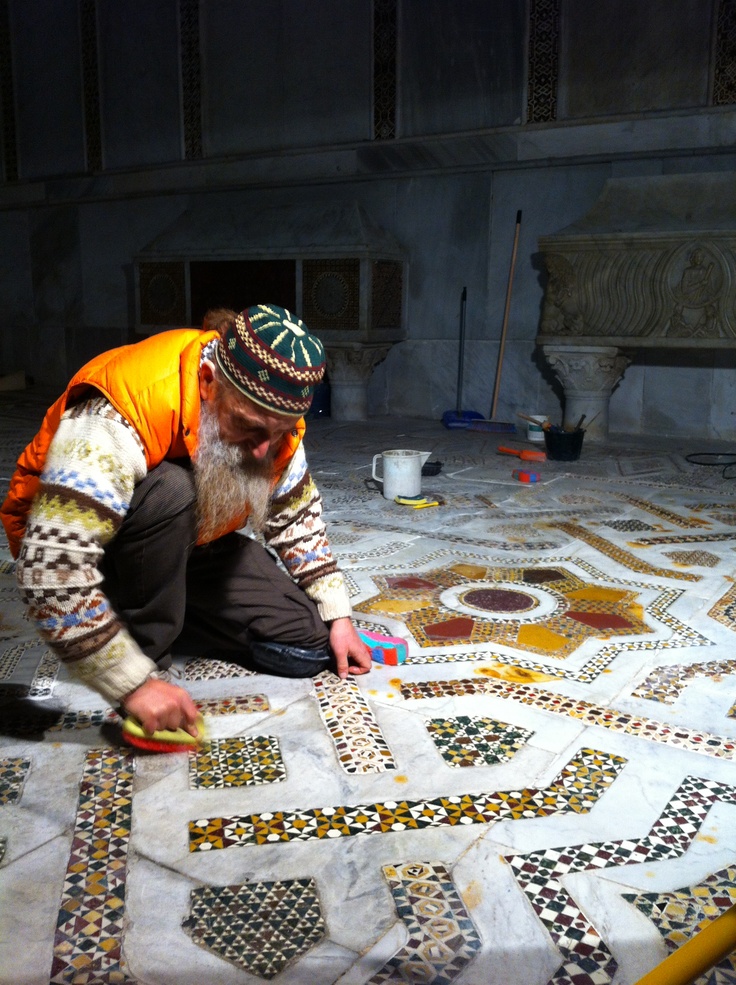
2. Maintenance (constructive tech):
Continuous and gradual maintenance, through punctual repairs, in a state of efficiency, in conditions to be used, to maintain as long as possible the materials from which the object is made.
3. Repairing (cons. tech. replacement):
To fix the damaged parts: roof, walls, eaves, gutters… It is linked to constructive elements and their current efficiency, practicing maintenance.
4. Consolidation (structure):
Particular way of preserving, reinforcing structural, constructive or material elements by giving them greater consistency or solidity.
5. Renovation (aesthetics):
A direct intervention on the monument whose purpose is the restitution or improvement of the legibility that is lost over time, without incurring alterations or falsifications of its documentary nature.
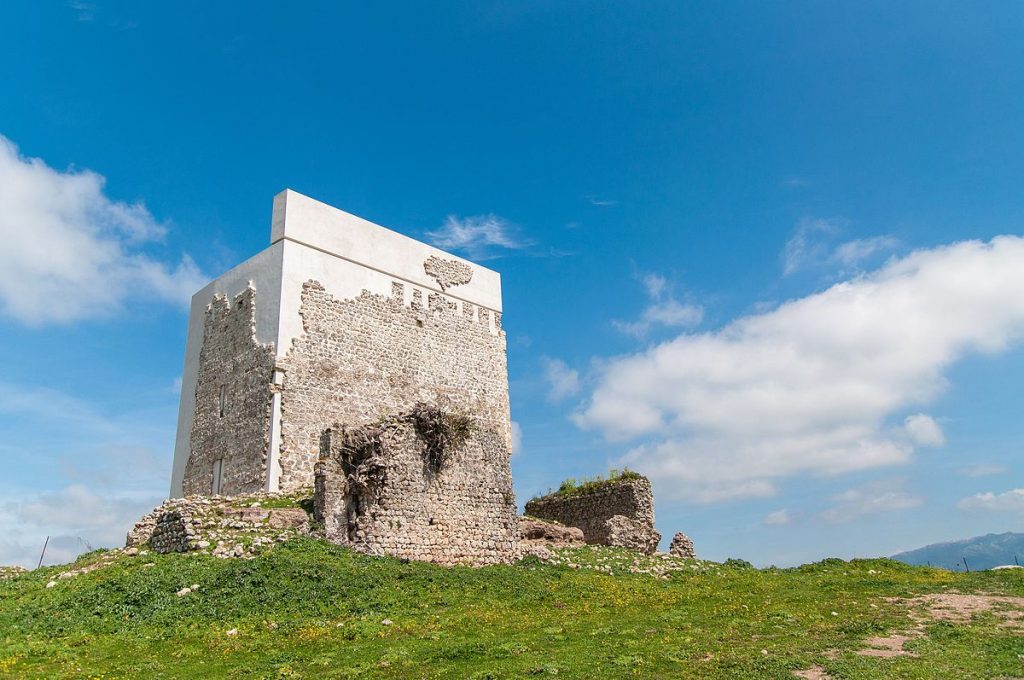
6. Adaptation (function):
Enable or return something to its former state of efficiency or functionality, unblocking new functions and uses that become possible.
7. Reconstruction (identity)
A procedure of integral/partial reconstruction of the building that has been carried out in specific historical circumstances and as a consequence of traumatic events, distinguished from restoration by the introduction of new material.
8. Anastylosis (musealization)
It’s a set of operations to put in place building elements (generally fallen and scattered).
9. Restoration (history)
Action of returning a monument to its earlier state by removing accretions or by reassembling existing elements, suggesting to “go back” to the original state of a building by removing added later stages.

